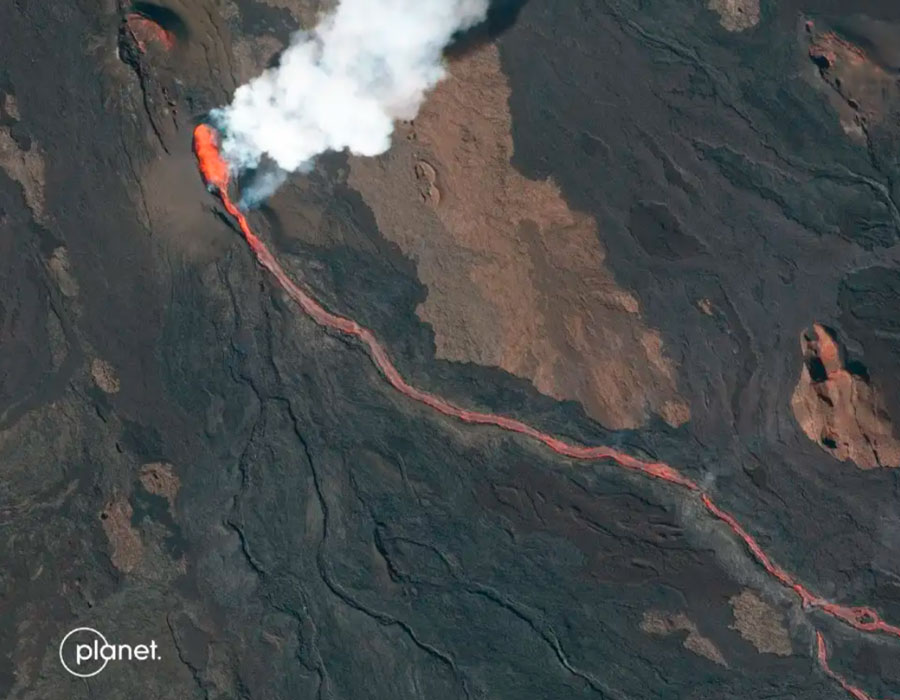The Planet project presented a selection of satellite images of the most important phenomena observed on the planet in 2022, which will affect the future life of mankind – these are climate changes, seismic activity and population displacement on Earth.
The eruption of the underwater volcano Hunga Tonga-Hunga Ha'apai near the Pacific islands of Tonga in January 2022 was the most powerful ever recorded in modern history. It caused a 15-meter tsunami that destroyed houses and claimed the lives of at least six people. The eruption changed the face of the ocean floor. The volcanic island is almost completely submerged under water.
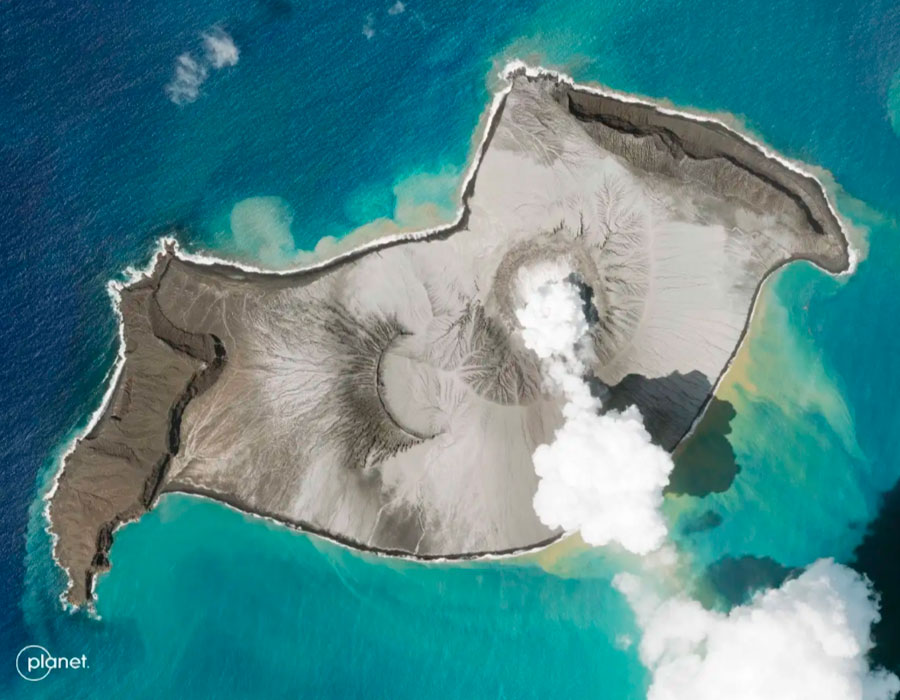
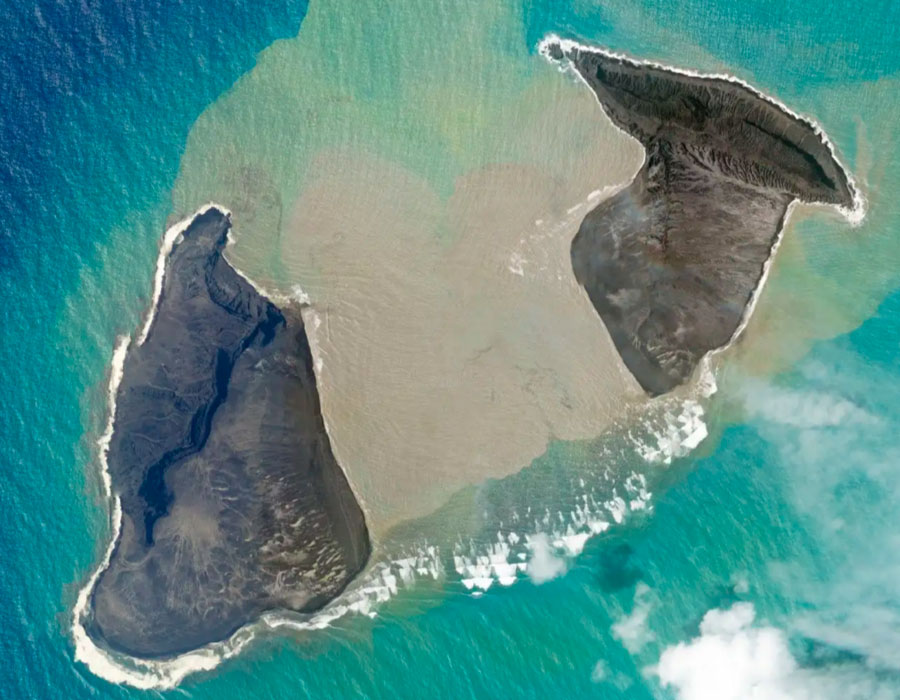
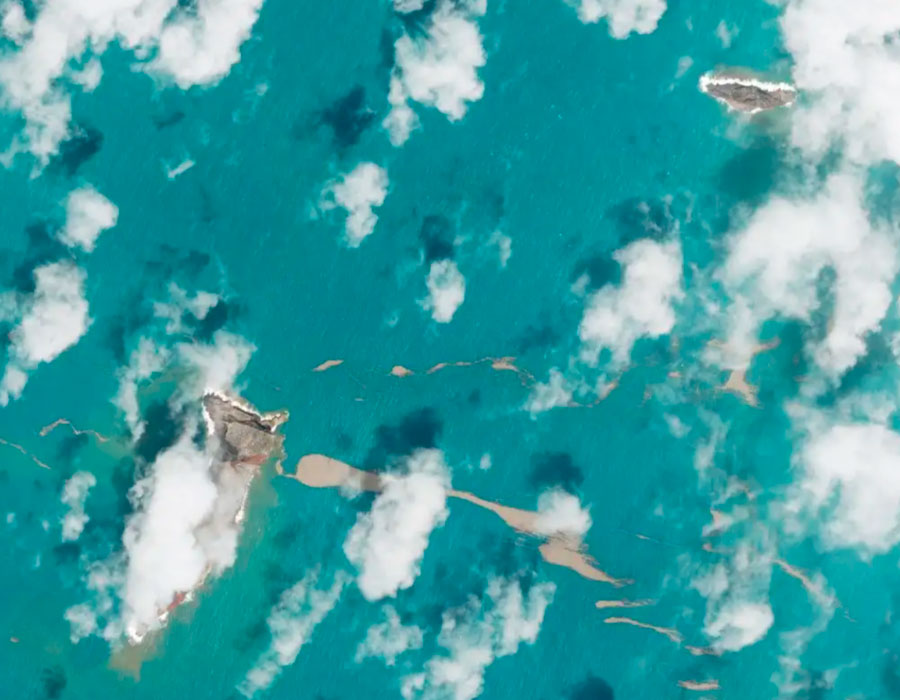
On February 24, 2022, Russia launched a military invasion of Ukraine, starting a long-term war that has affected the entire world. During the day, Russia bombed Ukrainian air bases, including the Chuguev airfield in Kharkiv.
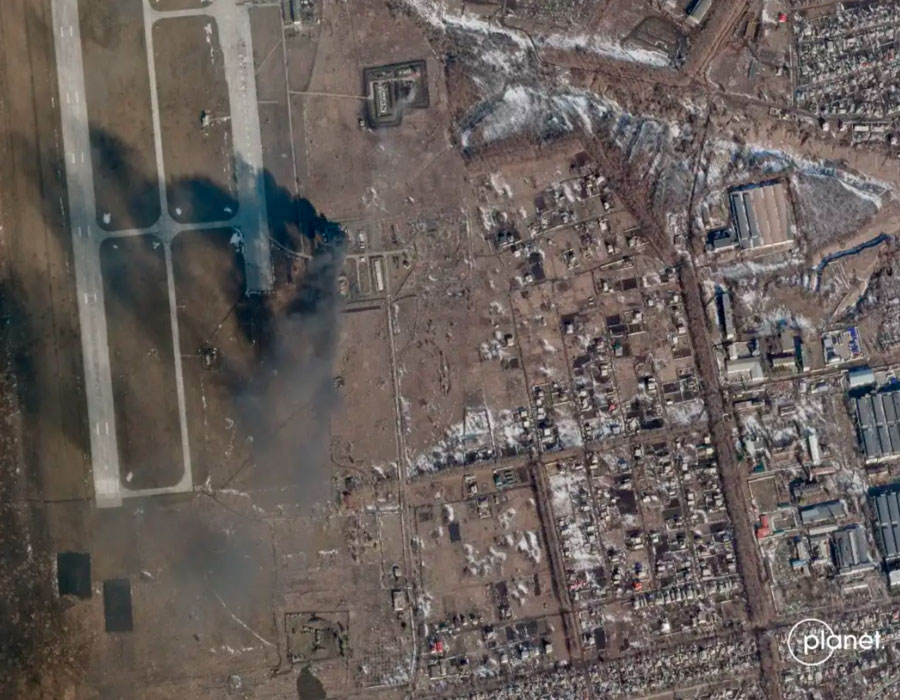
In March, Australia's Queensland experienced unprecedented flooding, forcing thousands of Australians from their homes and sparking national speculation about the effects of climate change.
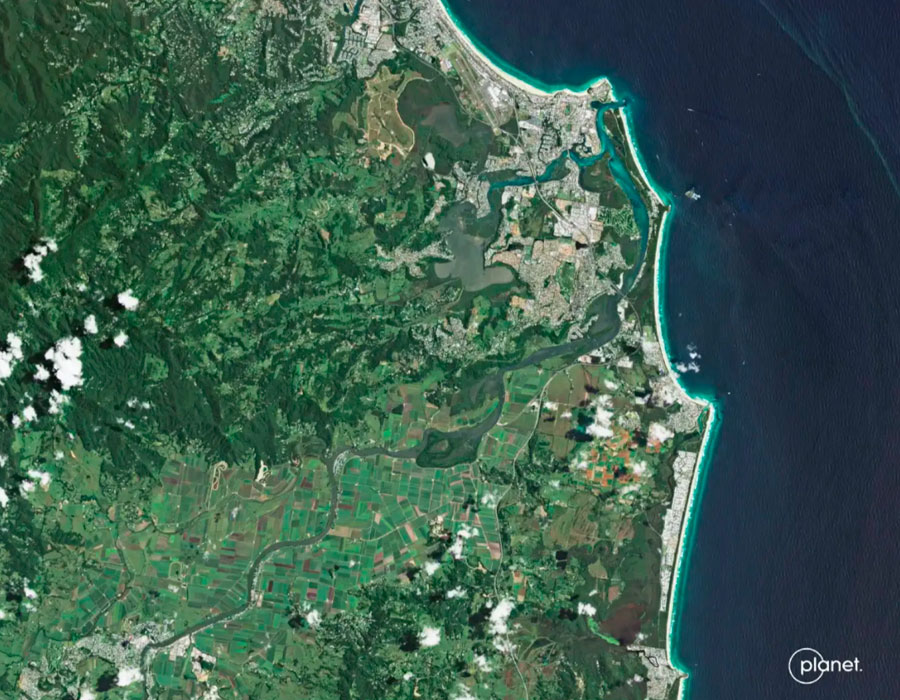

In June, analysts began to explore the impact of the war in Ukraine on the global food situation. The images show Russian attacks on Ukrainian grain ports, including bombings of grain elevators at the Nika-Tera port in Nikolaev. The war unleashed by Russian President Vladimir Putin in Ukraine has caused a food crisis in many countries of the world that depend on the export of Ukrainian and Russian grain. The President of Russia himself demanded that Europe lift sanctions from the Russian Federation in exchange for the export of cereals.
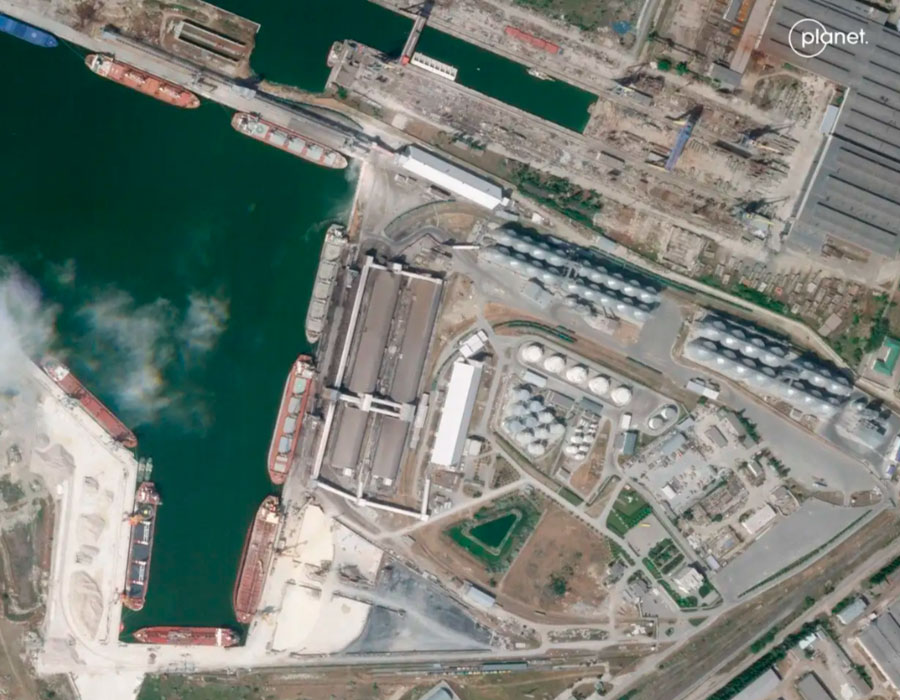
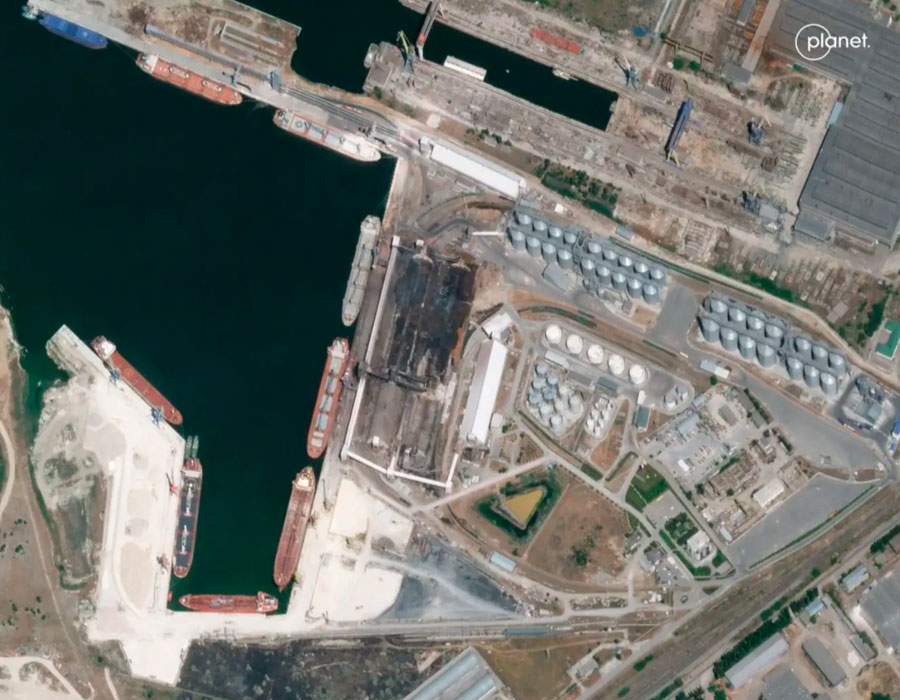
In the summer in Europe, due to the intense heat, numerous forest fires broke out. Planet publishes a picture of a fire in the popular French resort of La Teste-de-Buch. In the west of France, at least 7.3 thousand hectares of forest land burned down as a result of fires raging in this part of the country. It is noted that 3.1 thousand hectares of forest have been destroyed in La Teste-de-Buch. More than 10 thousand local residents and tourists were evacuated from the areas engulfed in fire.

In September, massive floods affected millions of people in Pakistan, killing more than 1,500 people. Buildings, bridges and roads were destroyed. More than half a million people were evacuated. The floods were due to several weeks of heavy monsoon rains that continued across vast areas of Pakistan.

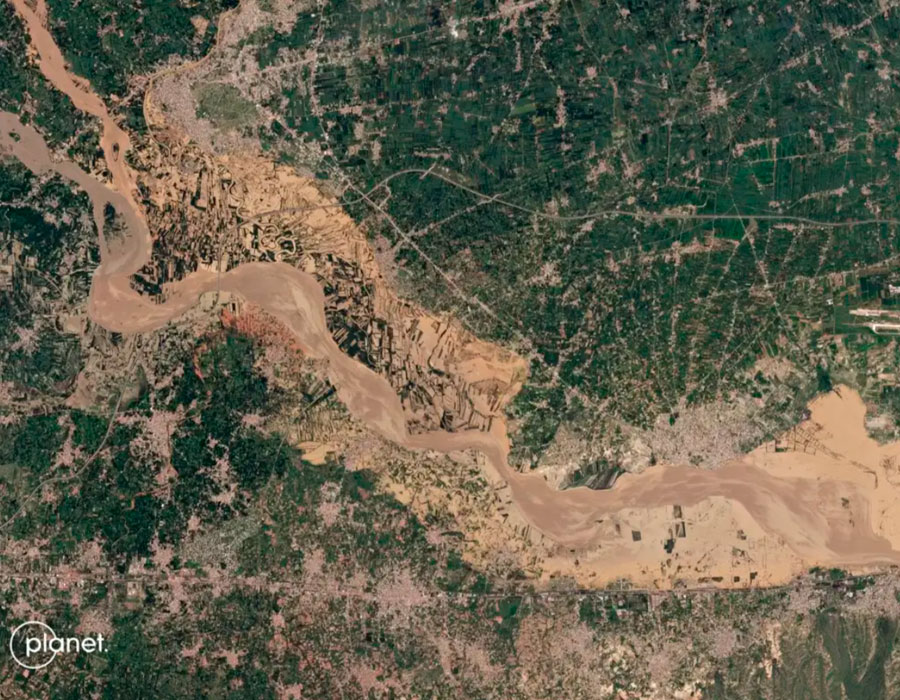

At the end of September, scientists from the UN discovered a huge plume of methane after the breakthrough of the Nord Stream in the Baltic Sea. On October 1, the UN reported that breaches in the Nord Stream gas pipeline system had led to what was probably the largest methane release ever recorded. A huge methane plume can be seen on satellite images.
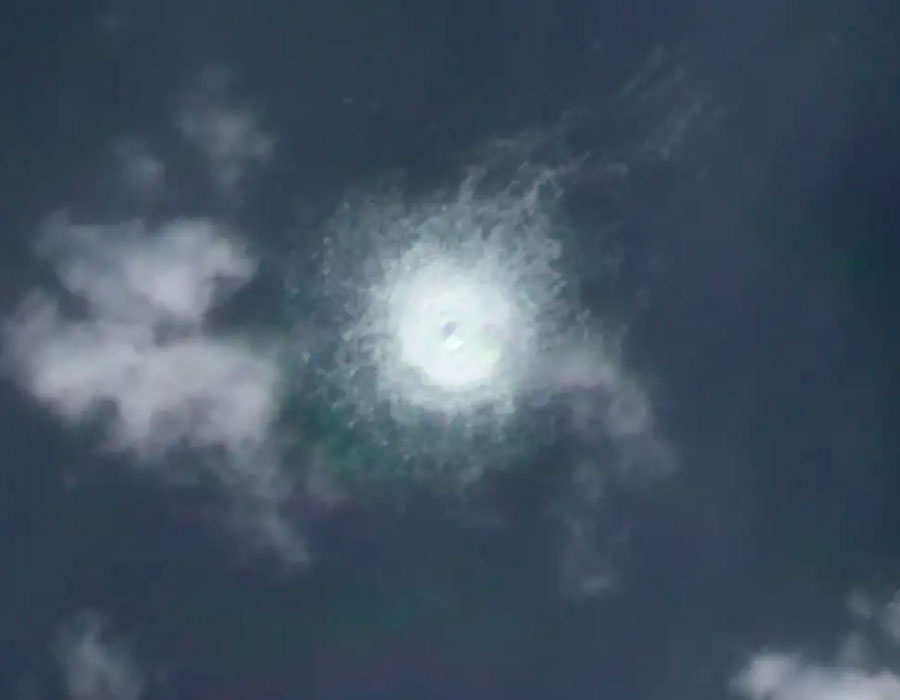
As hurricane season began in the southern United States, Florida experienced one of its worst hurricanes since 1935. Hurricane Ian killed 146 people and caused about $50 billion in damage. Ian left without electricity 2.7 million homes in Florida, affected Georgia and South Carolina. Shortly before that, he walked through Cuba, leaving 11 million people without electricity. The hurricane destroyed the Sanibel Causeway Dam, which spans San Carlos Bay and connects Sanibel Island to the Florida mainland.


In November, Mauna Loa, the largest active volcano in the world, began erupting in the Hawaiian Islands for the first time in 40 years. The last eruption occurred in 1984, when the lava flow did not reach 8 km to the largest city on the island – Hilo. The surface part of Mauna Loa occupies 5100 square kilometers, that is, about half of the island of Hawaii, and rises to 4169 meters above sea level, and together with the underwater part, its height exceeds nine kilometers. The age of the volcano, according to scientists, is from 0.6 to 1 million years.
